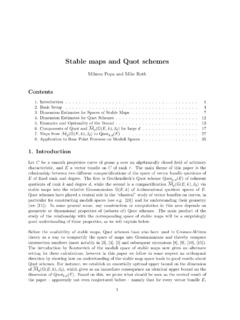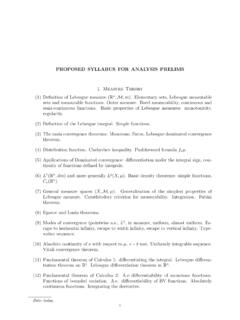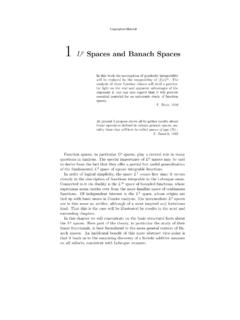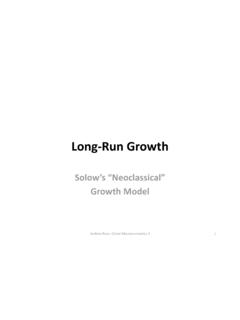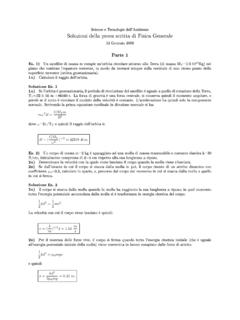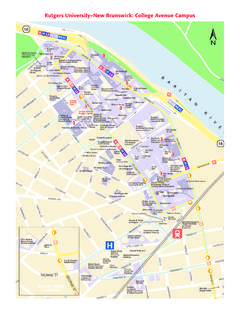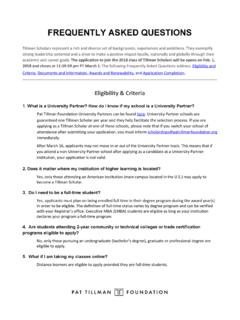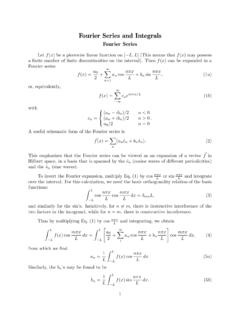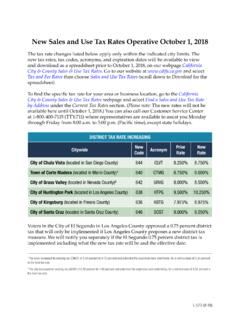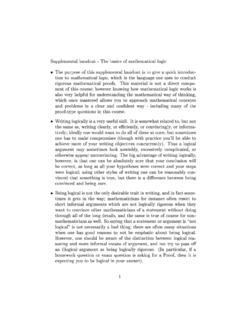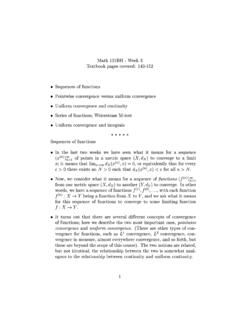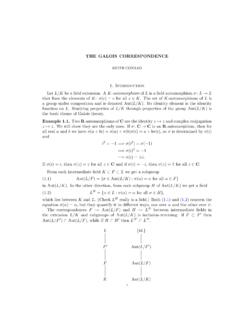Transcription of MARGINAL PRODUCT OF LABOR AND CAPITAL
1 MARGINAL PRODUCT OF LABOR AND CAPITALA ssumeQ=f(L,K) is the production function where the amount produced is given as a function of thelabor and CAPITAL used. For example, for the Cobb-Douglas production functionQ=f(L,K) = a given amount of LABOR and CAPITAL , the ratioQKis the average amount of production for one unit ofcapital. On the other hand the change in the production when the LABOR is fixed and the CAPITAL is changedfromKtoK+ Kis Q=f(L,K+ K) f(L,K). Dividing this quantity by Kgives the change inthe production per unit change in CAPITAL , Q K=f(L,K+ K) f(L,K) , we take the limit with infinitesimal changes in CAPITAL , or taking the limit as Lgoes to zero we get Q K,which is called themarginal PRODUCT of CAPITAL . The term MARGINAL is used because it measures the changeof production with a small change of the same way, Q L,which is called themarginal PRODUCT of the Cobb-Douglas production function Q K=bALaKb 1=bQKand Q L=aALa 1Kb= , for the Cobb-Douglas production function, the MARGINAL PRODUCT of CAPITAL (resp.)
2 LABOR ) is a constanttimes the average PRODUCT of CAPITAL (resp. LABOR ).These MARGINAL rates depend on the units used for measuring the quantities. The ratio of the amount ofchange to the amount held does not depend on the units, Q/Q, and can be interpreted as the percentagechange of the quantity. If we use the ratios of the percentage changes, then we get a quantity which isindependent of the units. For example, Q/Q K/K=KQ Q Kdoes not depend on the units. Taking the limit with small changes in the change of CAPITAL , we get =KQ Q K= Q KQK,which is called thecapital elasticity of PRODUCT . Notice that it equals the ratio of the MARGINAL PRODUCT ofcapital to the average PRODUCT of CAPITAL . If <1, then the next small change in CAPITAL makes less changein the output than the average CAPITAL per unit CAPITAL , , there is diminishing returns on CAPITAL . Forthis situation, the production function is calledinelastic.
3 For the Cobb-Douglas production functions, thecapital elasticity of PRODUCT equals the exponentb. So, when 0<b<1, the production function is
